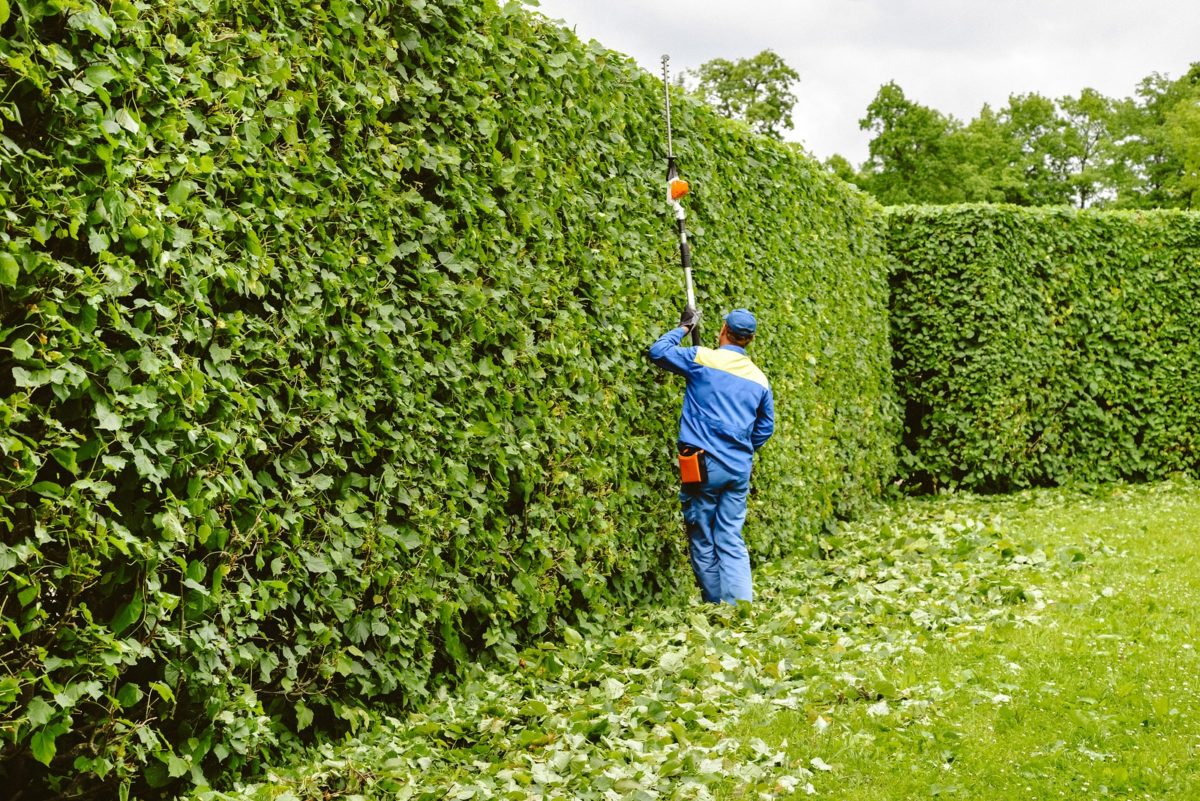
Fall is a great time for landscape maintenance and installation. One of the main benefits of landscaping in this season is increased moisture and cooler temperatures. This weather is beneficial as it helps new plants become established and provides a good growing environment for new or renovated lawns. It is also a good time to think about irrigation and drainage as the increased rain can reveal problem areas. However, the harsh conditions of fall and winter in many parts of the country can also wreak havoc on an unprepared landscape. As we move into these seasons, landscapers and landscaping contractors should be aware of the following best practices.
Fertilization
The cooler temperatures and increased rain helps root development and reduces the initial shock a plant experiences when it is transplanted.
Lawns must be given a proper feeding with a seasonal fertilizer. This provides your lawn with the nutrients it needs as it enters the dormant winter period. Lawns can be further strengthened for winter with proper lawn renovations such as aerating, thatching and over-seeding. However, the window of time for over-seeding or seeding a new lawn is much shorter in the fall than in the spring.
While lawns must be fertilized in the fall, most plants should not receive feeding during this time. They are on the verge of dormancy and any fertilizer will forces new softwood growth which is then vulnerable to the harsh freezes ahead. This has the potential to damage and possibly kill the plant. The one exception to this is deciduous trees and shrubs.
Maintenance Tips
Raking leaves on a regular basis will significantly protect your grass. Though your lawn is entering a dormant season it still needs maximum light and air flow. Letting leaves remain on your grass will suffocate your turf and leave brown and yellow spots that look ugly during the winter months and delay growth in the spring.
Fall is also the time that the majority of shrubs and trees should be pruned as their growth period is ending and they are entering into dormancy. However, radical non-selective pruning, should wait until the spring. This kind of pruning can stimulate new soft growth that may freeze.
Weed control and bed mulching is a maintenance item that is important to do during the fall. Just as you fertilize lawn and deciduous plants before dormancy, weeds should be killed before they enter dormancy.
You can use the leaves that were raked off of your lawn as mulch throughout your beds. This will protect and insulate your plants while also keeping weeds down in the spring.Though this isn’t always a preferred practice by clients because of aesthetics, it is the best practice environmentally as it is a natural way to control weeds and strengthen soil quality.
As with any other time of the year, make sure your operation is protected with a Contractors Insurance program specifically designed for landscaping contractors.
About Sine Insurance
At Sine Insurance Group, we are dedicated to providing you with custom tailored insurance policies to protect your assets. Our comprehensive packages have been expertly crafted to serve St. Louis and the surrounding areas for the past 25 years. For more information about our products, contact us today at (636) 947-1177.

